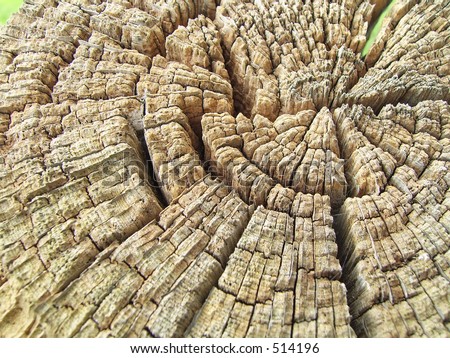Well, it would appear I did things in the wrong order. I demolished my old porch (concrete) before purchasing the materials (wood) for the new porch. My account at the local DIY store is in much worse shape than I thought, so now the house is porch-less, and I've no way to purchase the treated lumber I was going to use.
I DO, however, have a source for non-treated lumber for a ridiculously low price, and it got me to thinking. If I use treated for anything in contact with the ground - posts, stringers, etc - why not use regular lumber for the rest of the porch? It's relatively sheltered by the porch overhang, has full sun for a good six hours a day, will dry out quickly after rains and snow.
Entire structures were made this way for centuries. Leaving off the obvious argument that treated lumber lasts longer, if it's kept painted and maintained, why not?
I DO, however, have a source for non-treated lumber for a ridiculously low price, and it got me to thinking. If I use treated for anything in contact with the ground - posts, stringers, etc - why not use regular lumber for the rest of the porch? It's relatively sheltered by the porch overhang, has full sun for a good six hours a day, will dry out quickly after rains and snow.
Entire structures were made this way for centuries. Leaving off the obvious argument that treated lumber lasts longer, if it's kept painted and maintained, why not?



 Little about a lot and a lot about a little.
Little about a lot and a lot about a little.




Comment